
The “Big four” Precious gemstones
For centuries, four gemstones have reigned supreme in royalty, romance, and legend—discover what makes diamonds, rubies, sapphires, and emeralds the world’s most coveted treasures.

Diamonds, Rubies, Sapphires, and Emeralds — The Crown Jewels of Nature
Across cultures and centuries, gemstones have been revered not only for their dazzling beauty but also for their symbolism, mystery, and perceived power. Among them, four stand out as the most coveted and celebrated: diamonds, rubies, sapphires, and emeralds. Known collectively as the “precious gemstones,” these four have historically held a place of honor in royal regalia, sacred artifacts, and treasured heirlooms. But what gives these stones their elevated status? How were they chosen, and why do they continue to captivate us today?
Let’s explore the origins, care, symbolism, and enduring mystique of these gems and why their stories still sparkle through the ages.
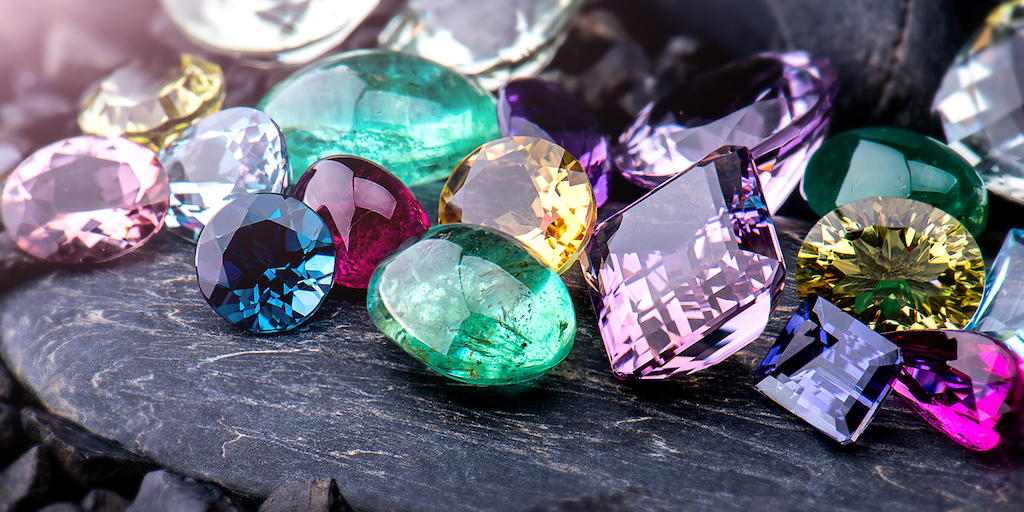
Why These Four?
A Look at the “Precious” Status
The designation of “precious” versus “semi-precious” gemstones dates back to ancient civilizations but was solidified in Western gemological practices during the 19th and early 20th centuries. This categorization wasn’t based purely on scientific characteristics, but rather on a blend of rarity, historical reverence, cultural symbolism, and value. Diamonds, rubies, sapphires, and emeralds consistently stood out as the most treasured stones across empires and eras. They were featured in the crown jewels of monarchs, religious relics, and ceremonial artifacts, helping to establish their elevated position in the gemstone hierarchy.
These stones each possessed a unique blend of brilliance, durability, and mystique. Diamonds were admired for their strength and purity; rubies for their fiery passion and vitality; sapphires for their calming beauty and celestial ties; and emeralds for their lush, life-affirming glow. Their enduring presence in folklore, fashion, and fine jewelry cemented their reputation as the most desirable gems in the world.
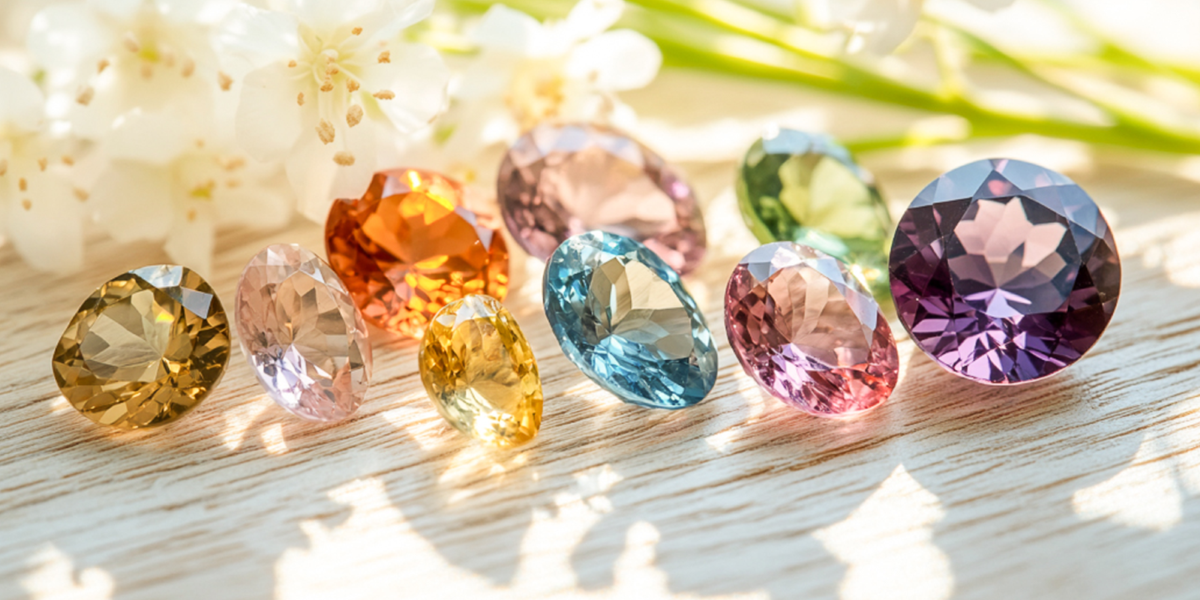
Precious Versus Semi-Precious Stones
The terms “precious” and “semi-precious” have long been used to categorize gemstones, but they can be misleading. While the “precious” label was reserved for diamonds, rubies, sapphires, and emeralds due to their rarity, cultural significance, and historical value, every other gemstone was designated as “semi-precious,” regardless of its beauty or worth.
This broad group includes gemstones like amethyst, topaz, garnet, tourmaline, peridot, opal, spinel, and many others. Although labeled as “semi-precious,” many of these stones can be incredibly rare and, in some cases, even more valuable than lower-quality precious gems. For instance, fine black opals or alexandrite can command very high prices per carat.
Today, gemologists increasingly challenge this binary classification. The modern approach emphasizes each gem’s individual properties—such as clarity, durability, rarity, and provenance—rather than outdated labels. Still, the traditional four continue to be seen as the crown jewels of the gem world, their precious designation upheld by centuries of admiration and legacy.
Diamond: The Eternal Flame
Features & Lore About Diamond
Diamonds are formed deep within the Earth under immense pressure and heat and are composed of a single element—carbon. This crystalline structure makes them the hardest known natural substance. Most diamonds are mined in countries such as Russia, Botswana, Canada, and South Africa, and many are over a billion years old by the time they reach the surface.
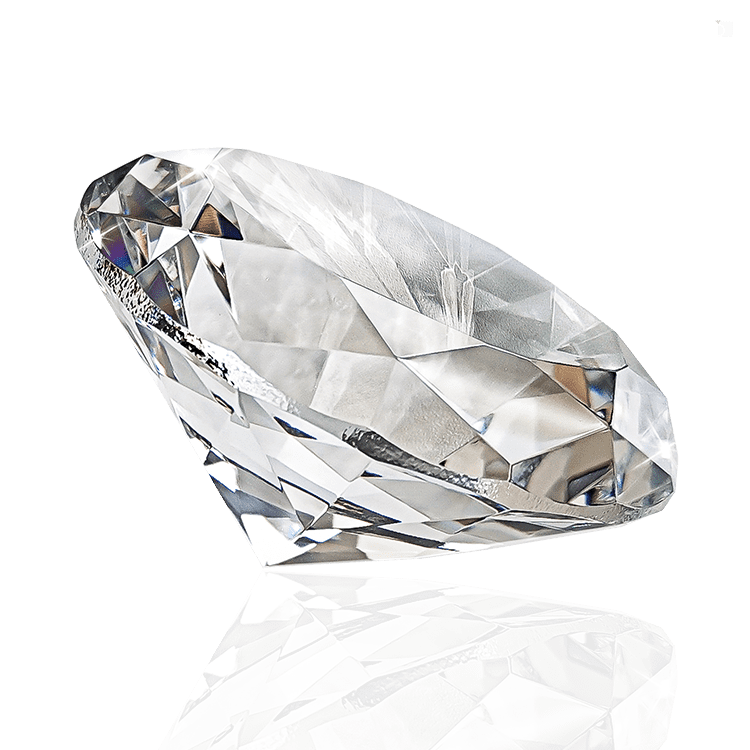
These remarkable stones symbolize purity, strength, and eternal love, which is why they are the stone of choice for engagement rings around the world. Their dazzling fire and clarity are unmatched, though keeping them clean is essential to maintaining their brilliance. Gentle cleaning with warm water, mild dish soap, and a soft brush helps remove built-up oils and residue. Though the diamond itself is durable, its metal setting may not be, so it’s best to avoid exposure to harsh chemicals like bleach.
One of the most famous diamonds in the world, the Hope Diamond, is legendary not just for its deep blue hue but also for the tales of mystery and misfortune that have followed it. For those who love the look of a diamond without the price tag, options like moissanite, white sapphire, and zircon offer stunning brilliance with their own appeal.
To learn more about diamonds, visit our Ultimate Diamond Guide.
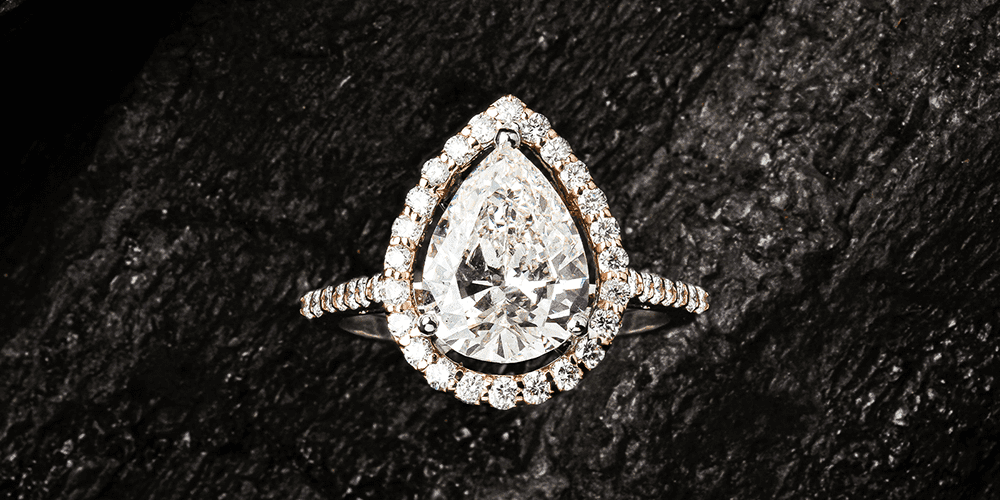
Ruby: The King of Gems
Features & Lore About Ruby
Rubies are a red variety of the mineral corundum and owe their rich hue to the presence of chromium. The most sought-after rubies exhibit a vivid, almost glowing red color often referred to as “pigeon blood.” These stones are mainly found in Myanmar, Mozambique, Thailand, and Sri Lanka, with Burmese rubies being among the most revered.
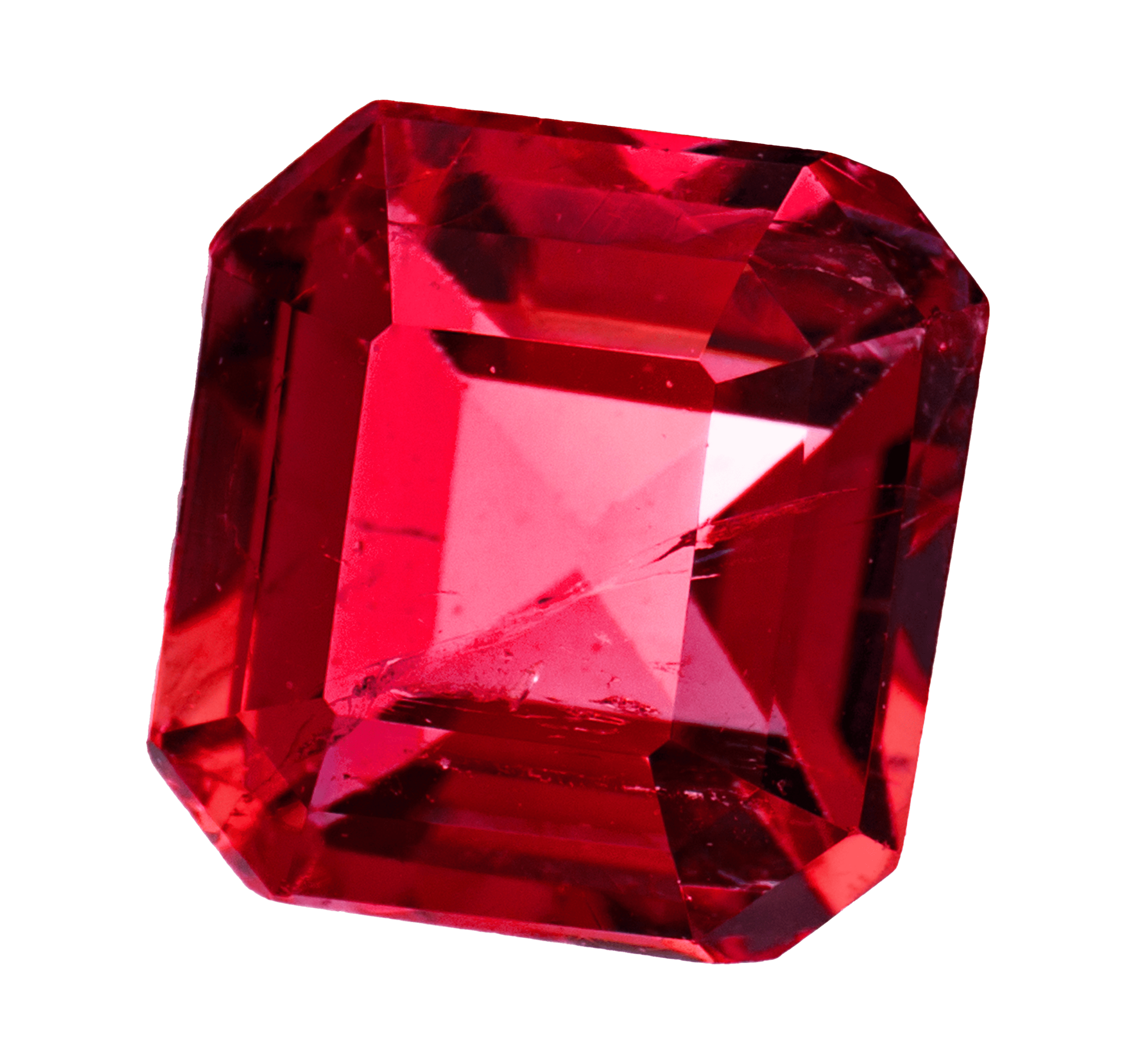
Throughout history, rubies have been linked to passion, power, and protection. In ancient times, warriors would embed rubies into their armor, believing the gems would grant invincibility. These stones are among the rarest of all gems, especially when found in larger sizes with minimal inclusions. The famed Sunrise Ruby, a Burmese stone weighing over 25 carats, once sold for over $30 million, setting a record in the auction world.
Rubies can be cared for by washing them in warm, soapy water and gently brushing them clean. Most rubies undergo heat treatments to enhance their color and clarity, but untreated rubies should be handled with extra care and kept away from ultrasonic cleaning. Alternatives such as red spinel, garnet, and rubellite tourmaline provide similarly rich tones for those seeking a more affordable or unique option.
To learn more about rubies, visit our Ultimate Ruby Guide.
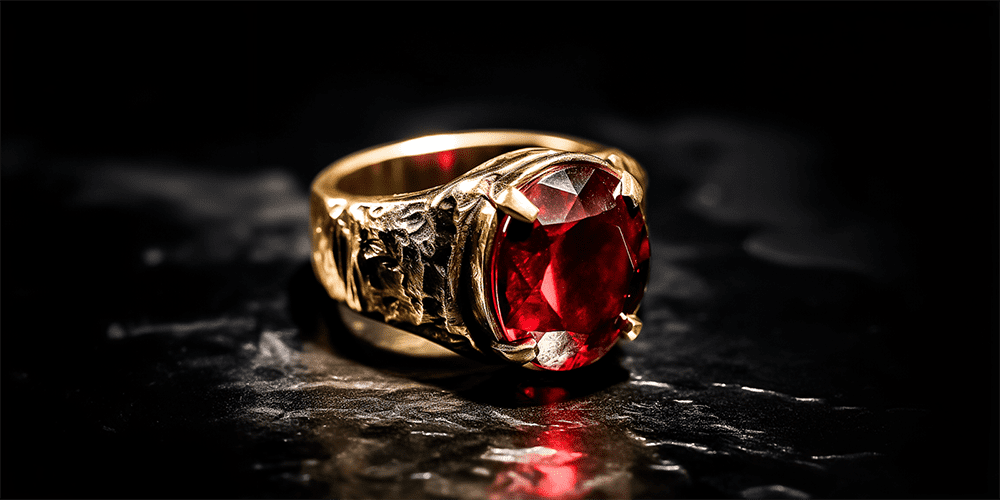
Sapphire: The Gem of Wisdom
Features & Lore About Sapphire
Though best known for their deep blue shades, sapphires occur in nearly every color of the rainbow except red. The red variety of corundum is classified as ruby, while all other colors fall under the sapphire category. Sri Lanka, Kashmir, Madagascar, and Australia are some of the most significant sources of these mesmerizing stones.
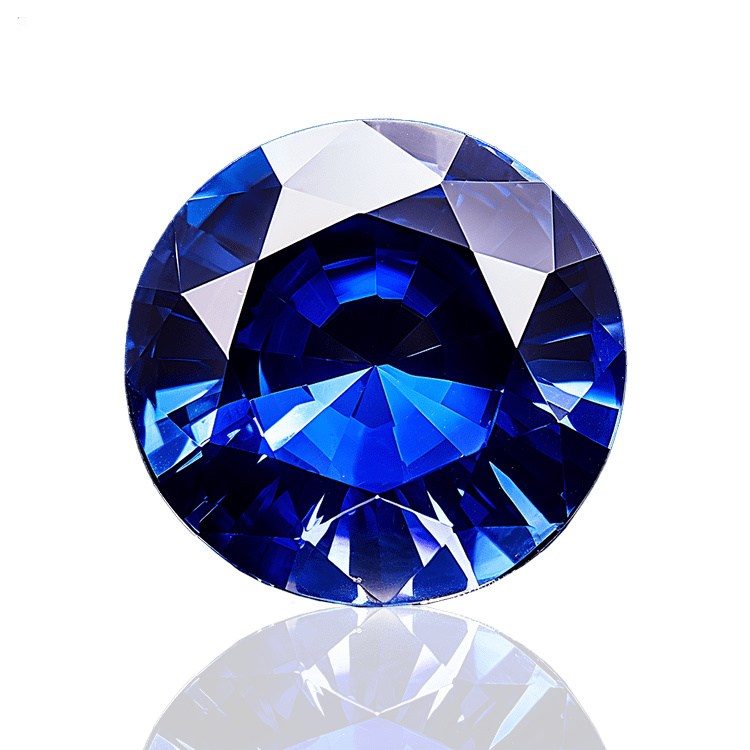
Sapphires have long been associated with wisdom, loyalty, and divine protection. Clergy and royalty wore them as symbols of heavenly favor and moral integrity. Perhaps the most iconic modern sapphire is the one set in Princess Diana’s engagement ring—now worn by Kate Middleton—which reignited a global love affair with blue sapphires when it was revealed to the world.
Sapphires are incredibly durable, making them a perfect choice for engagement rings or daily wear. They can usually be cleaned using ultrasonic machines, but mild soap and warm water also work well. For those interested in exploring different colors, pink, yellow, and green sapphires offer beautiful alternatives within the same family. Other gem substitutes include tanzanite, iolite, and spinel, each with their own visual appeal.
To learn more about sapphires, visit our Ultimate Sapphire Guide.
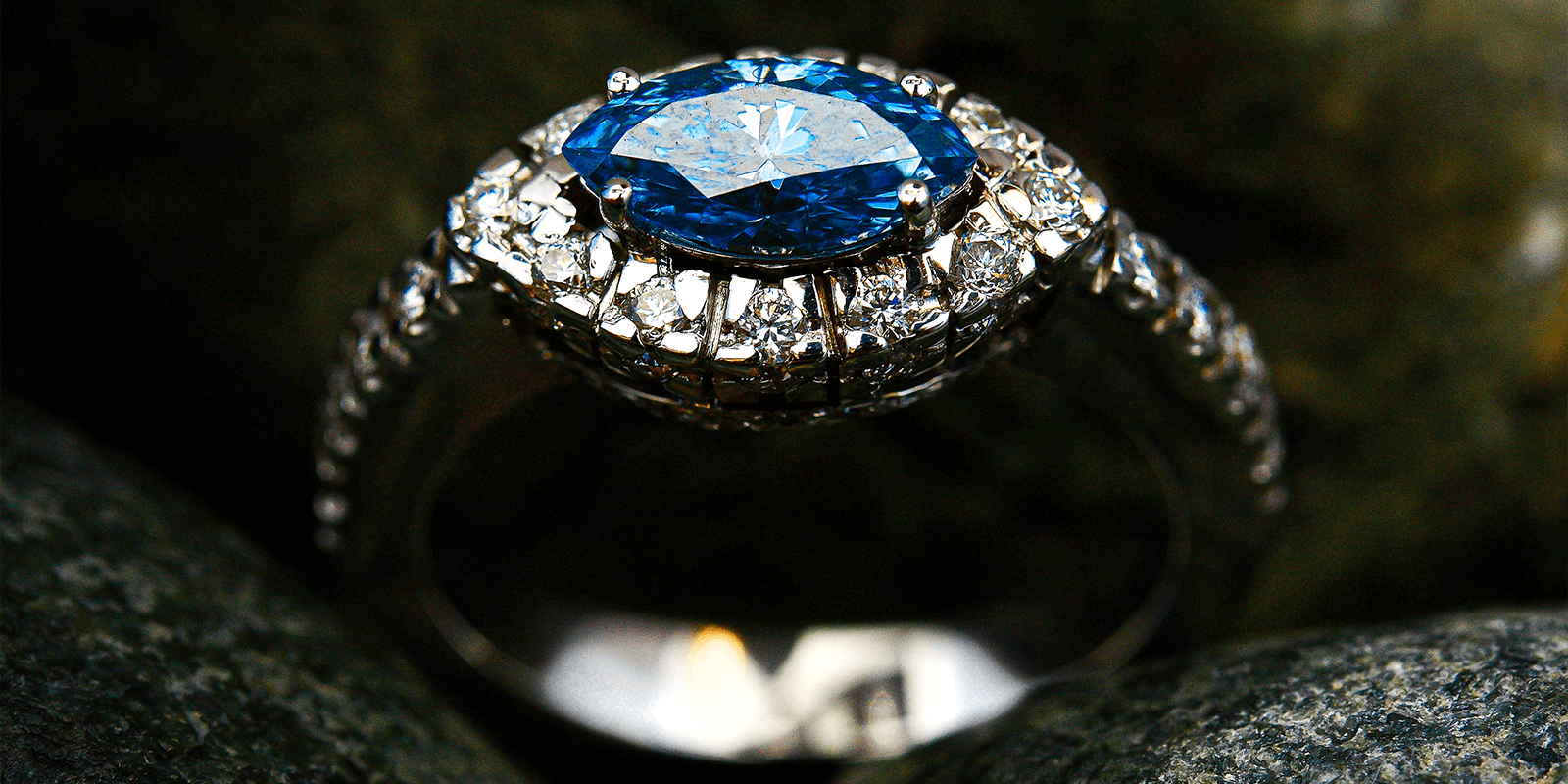
Emerald: The Jewel of Rebirth
Features & Lore About Emerald
Emeralds, part of the beryl mineral family, are treasured for their lush green color, which comes from trace amounts of chromium and vanadium. Colombia produces some of the world’s finest emeralds, with Brazil and Zambia also yielding high-quality stones.
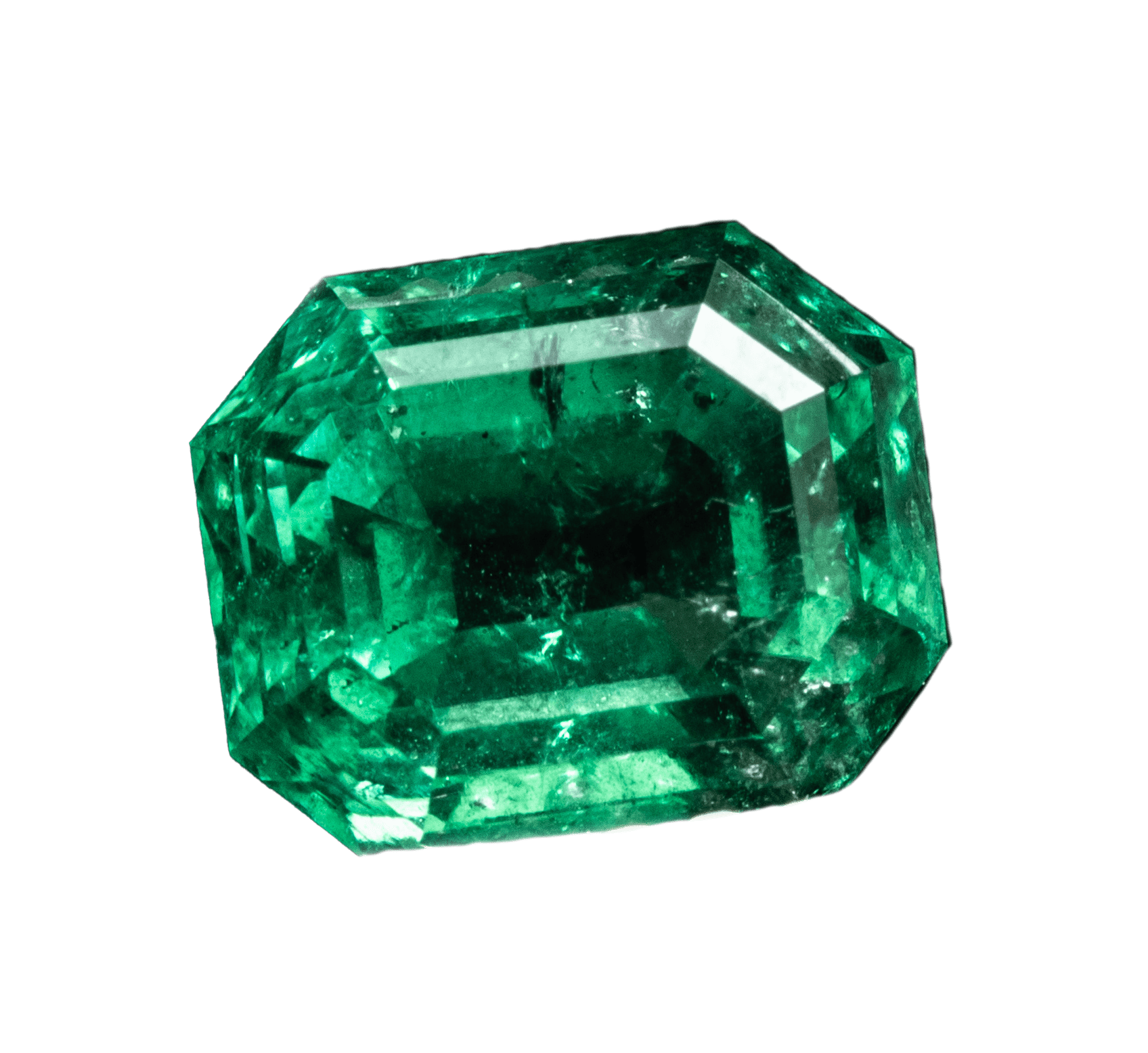
These gems have been adored for thousands of years. Cleopatra famously loved emeralds, and they were used in ancient Incan jewelry and rituals. Associated with rebirth, love, and fertility, emeralds carry a timeless elegance. Due to their internal inclusions, which are considered part of their character, emeralds are more fragile than diamonds or sapphires and require gentler care.
Emeralds should be cleaned with a damp cloth or a rinse in lukewarm water. Ultrasonic or steam cleaners should always be avoided, and emerald jewelry should be stored separately to prevent scratches. For those who want the same green allure in a more durable stone, green tourmaline, peridot, or tsavorite garnet offer excellent alternatives.
To learn more about emeralds, visit our Ultimate Emerald Guide.

A Modern Take: Are Other Gemstones Gaining Ground?
Semi-Precious Stones and Other Gem Alternatives
While the “Big Four” remain staples in luxury jewelry and investment collections, the world of gemstones is evolving. Consumers and collectors are embracing other gems for their uniqueness, symbolism, and personal connection. Stones like opal, moonstone, alexandrite, and spinel are now enjoying a rise in popularity thanks to their vibrant colors and intriguing optical effects.
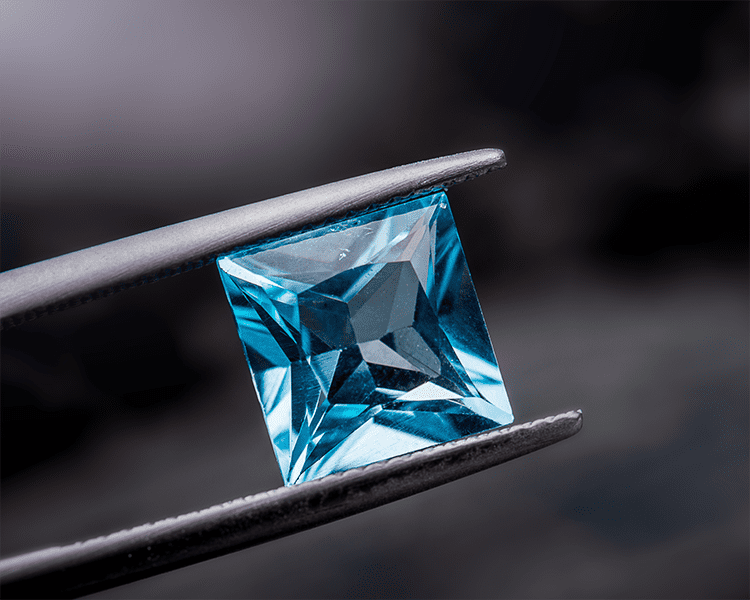
Many of these so-called “semi-precious” stones can even surpass traditional precious stones in value when they meet the right conditions of rarity, size, and clarity. As jewelry becomes more personal and expressive, the definition of value is expanding to include meaning as much as monetary worth.
Choosing and Caring for Your Gemstone
The Proper Way to Care For Your Gemstone Jewelry
Selecting a gemstone is not just about beauty—it’s about lifestyle, symbolism, and longevity. Diamonds and sapphires are ideal for everyday wear due to their hardness, while rubies and emeralds may be better suited for more occasional use. Always consider the gem’s durability and care requirements, and ask whether the stone has been treated or enhanced, as this can affect both its care and value.

Proper storage, gentle cleaning, and routine inspections will help ensure your gemstone jewelry lasts for generations. When in doubt, consult a professional for cleaning or maintenance—especially for heirloom or high-value pieces.
For more information about professional cleaning services for your gemstone jewelry pieces, feel free to visit our Clean & Polish Services page.
Admiring The Big Four
A Legacy Set in Stone
The four precious gemstones—diamond, ruby, sapphire, and emerald—have earned their titles through centuries of admiration, symbolism, and rarity. More than beautiful decorations, these stones carry stories of love, power, protection, and rebirth. Whether gifted, inherited, or chosen for oneself, they are keepsakes that transcend time.
While modern jewelry trends continue to celebrate the entire rainbow of gemstones, these four remain timeless icons of prestige and elegance. Owning or gifting one of them is not just about wearing something beautiful—it’s about embracing a piece of Earth’s most extraordinary artistry.
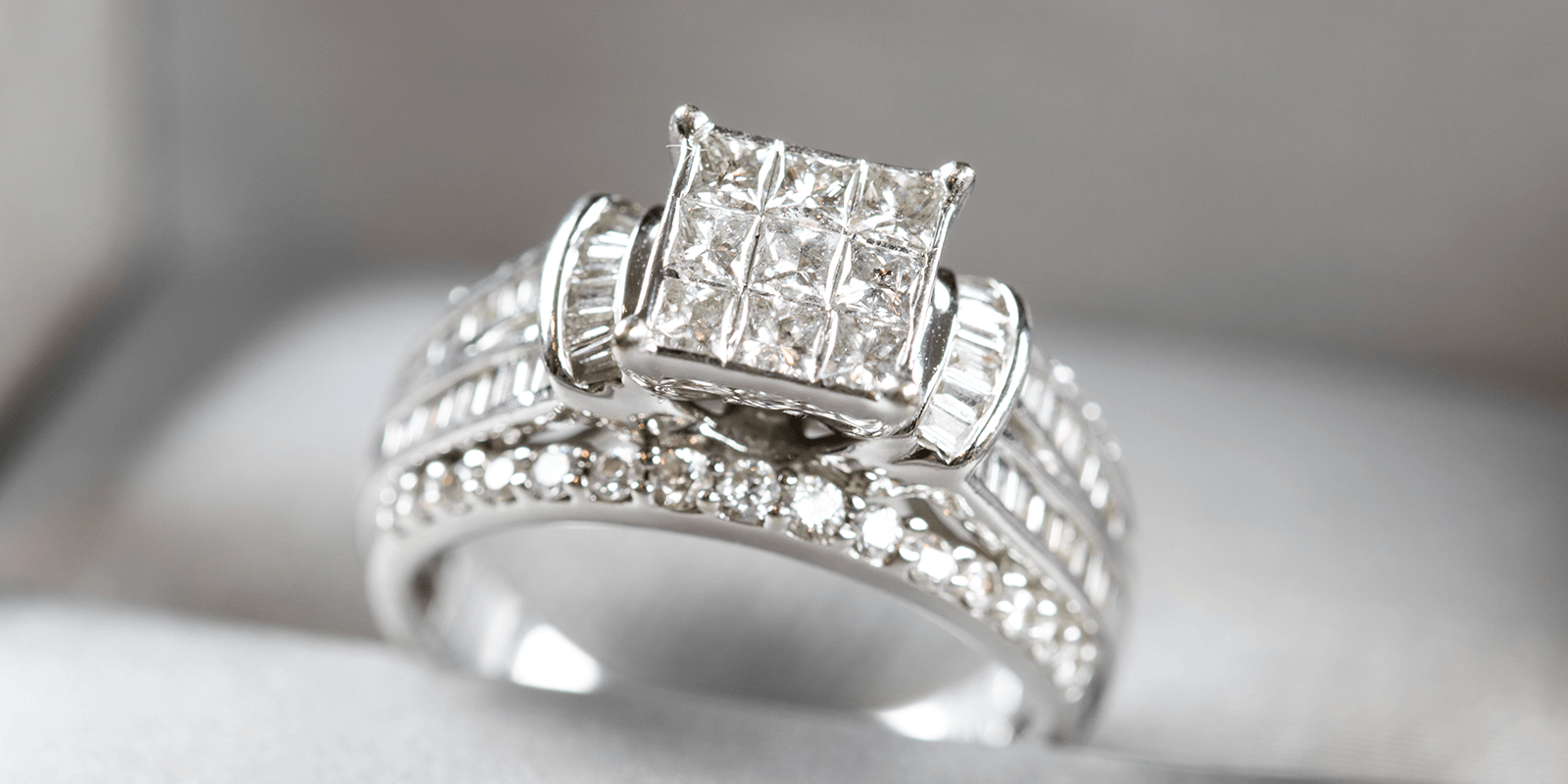

Trust the Experts at My Jewelry Repair
When it comes to jewelry featuring the world’s most precious gemstones—diamonds, rubies, sapphires, and emeralds—expert craftsmanship is essential to maintain their brilliance and security. At My Jewelry Repair, our Master Jewelers specialize in restoring these exceptional stones with the care and precision they deserve. Whether it’s a diamond ring needing a professional cleaning, a ruby necklace requiring prong reinforcement, a sapphire bracelet needing stone resetting, or an emerald pendant that calls for a complete restoration, we handle each piece with meticulous attention to detail.
Trust My Jewelry Repair to care for your most precious gemstones—because timeless beauty deserves expert hands.
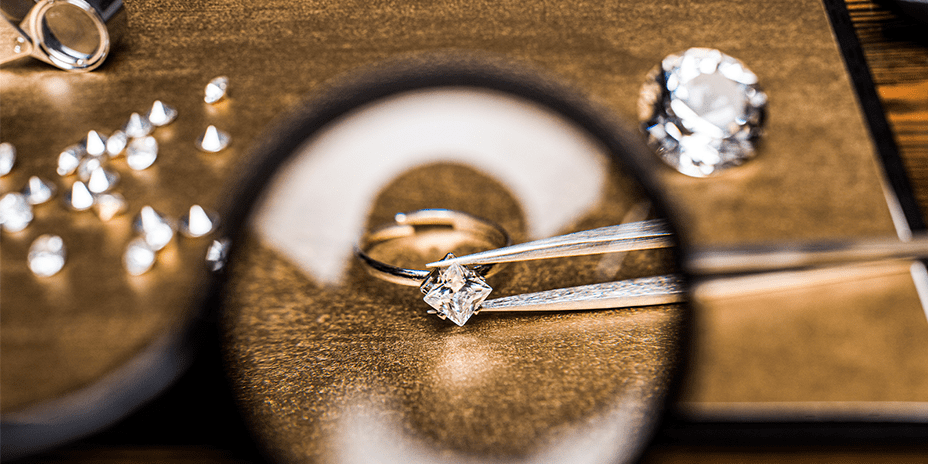

Explore the Magic of Our Gemstone Services!
We are proud members of the

Our team includes gemologists certified by

